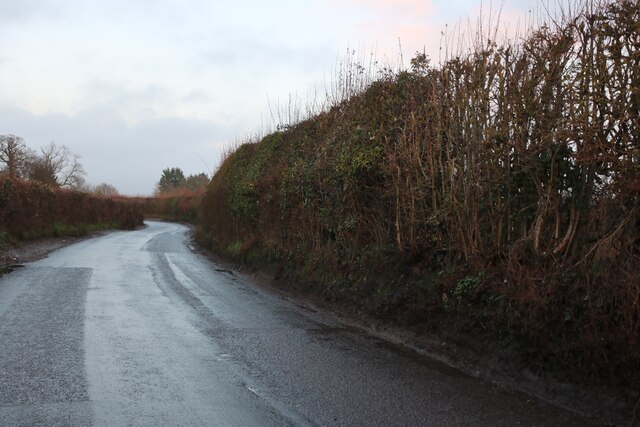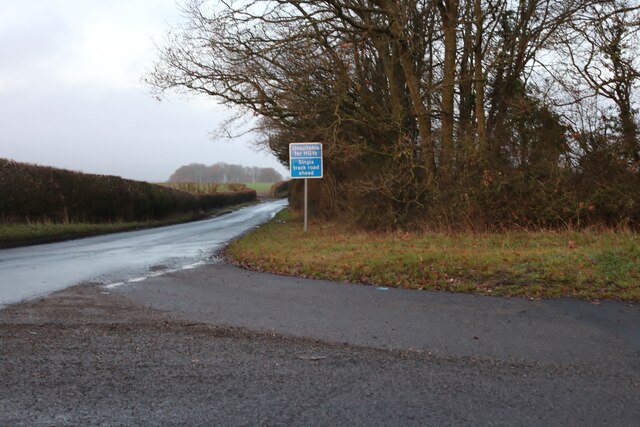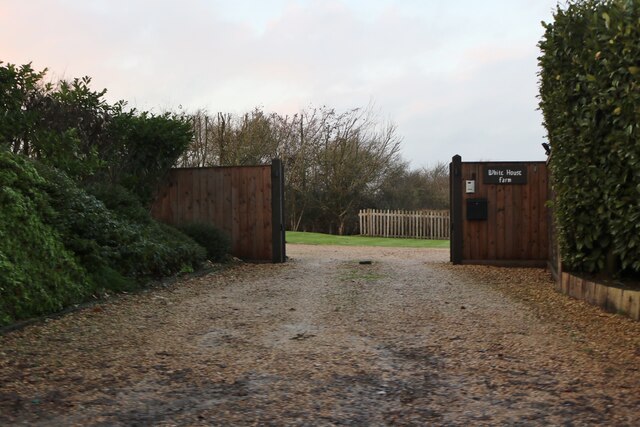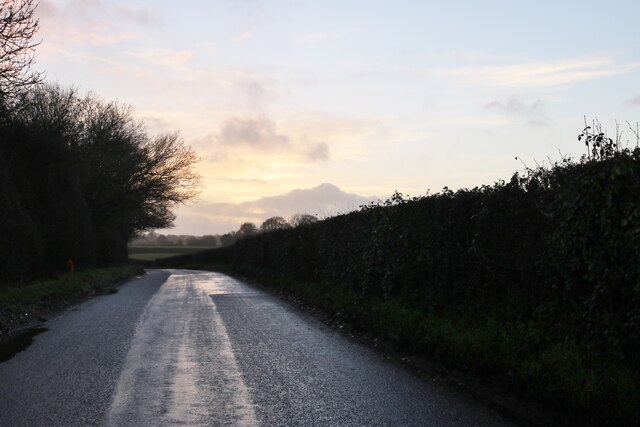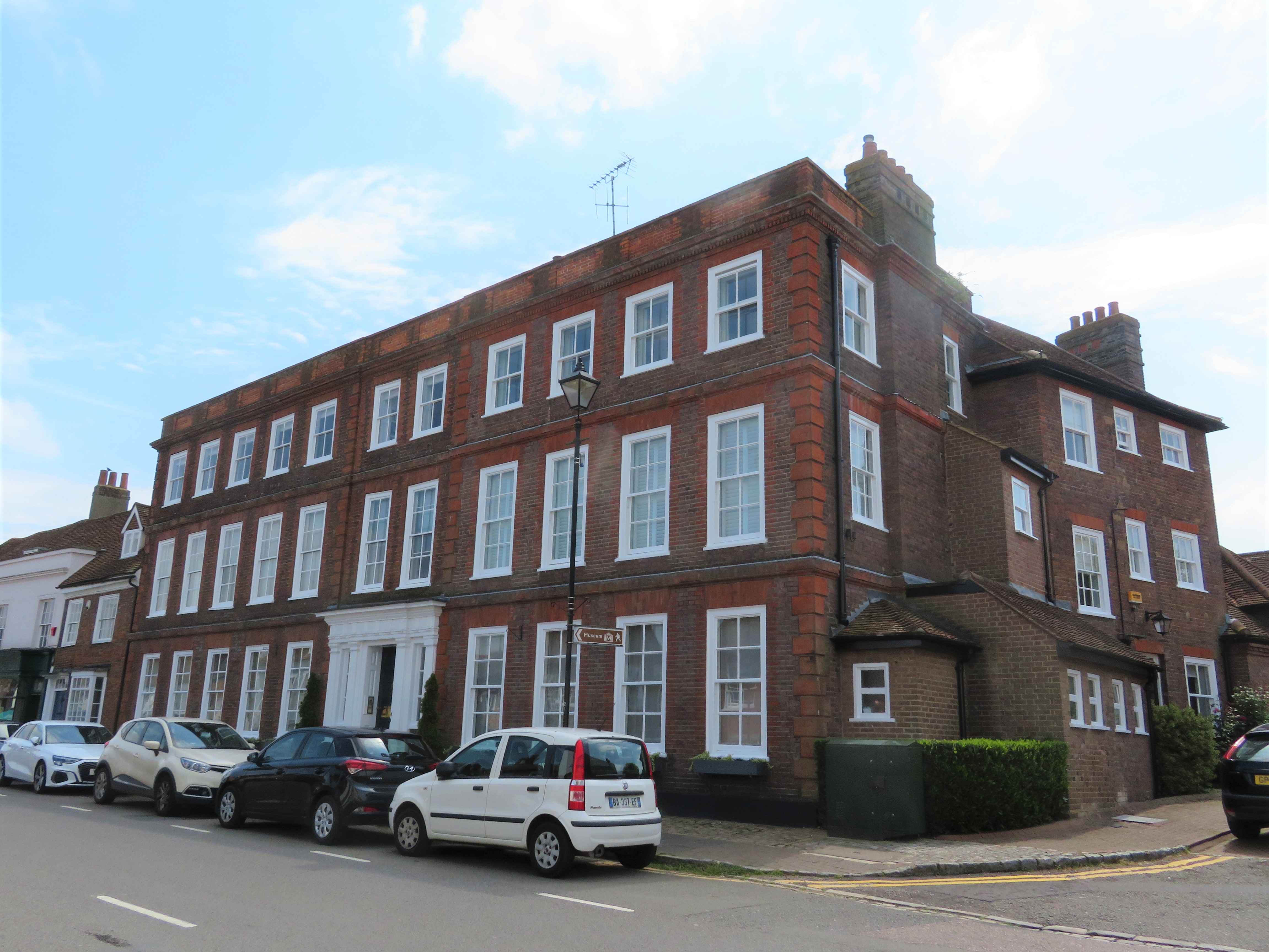Chesham Bois
Settlement in Buckinghamshire
England
Chesham Bois

Chesham Bois is a picturesque village located in the Chiltern Hills, Buckinghamshire, England. Situated just over 2 miles southeast of the town of Chesham, it is a desirable residential area known for its natural beauty and peaceful ambiance.
The village is characterized by its tree-lined streets, charming cottages, and well-maintained gardens. It offers a mix of architectural styles, ranging from traditional brick and flint buildings to more modern designs. The lush greenery of the surrounding countryside, including the nearby Chesham Bois Woods and Lowndes Park, adds to the village's appeal.
Chesham Bois has a strong sense of community, with various local amenities catering to its residents. These include a well-regarded primary school, a village hall, a local convenience store, and a selection of quaint shops and cafes. The area also benefits from excellent transport links, with Chesham Underground station providing easy access to Central London.
Nature enthusiasts are drawn to Chesham Bois for its abundance of outdoor activities. The nearby woods offer scenic walking trails, while the nearby River Chess provides opportunities for fishing and boating. The village is also home to several sports clubs, including cricket, tennis, and golf, catering to those with athletic interests.
Overall, Chesham Bois offers a tranquil and idyllic setting for those seeking a peaceful village lifestyle, while still being within easy reach of urban amenities.
If you have any feedback on the listing, please let us know in the comments section below.
Chesham Bois Images
Images are sourced within 2km of 51.683572/-0.607788 or Grid Reference SU9699. Thanks to Geograph Open Source API. All images are credited.


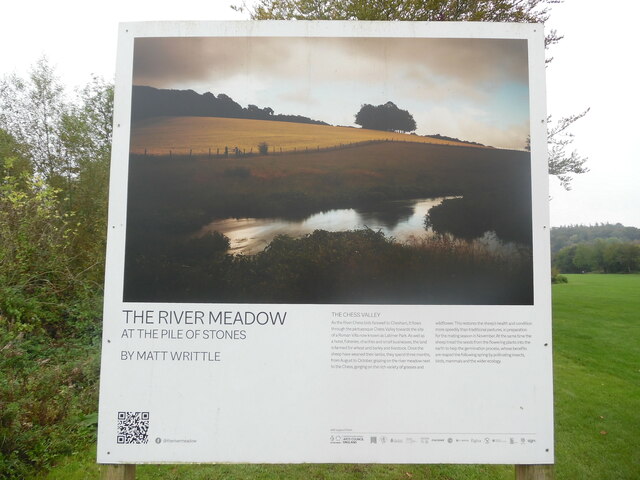









Chesham Bois is located at Grid Ref: SU9699 (Lat: 51.683572, Lng: -0.607788)
Unitary Authority: Buckinghamshire
Police Authority: Thames Valley
What 3 Words
///deaf.those.loses. Near Amersham on the Hill, Buckinghamshire
Nearby Locations
Related Wikis
Chesham Bois
Chesham Bois (traditionally , but now more commonly ) is a village in the Chiltern Hills, in Buckinghamshire, England, adjacent to both Amersham and Chesham...
The Quiet Garden Trust
The Quiet Garden Trust is a non-profit organisation which encourages the provision of gardens where people can set aside time for contemplation, prayer...
Burnham Hundred
Burnham Hundred is a hundred in the ceremonial county of Buckinghamshire, England. It is situated towards the south of the county and is bounded on the...
Amersham Rural District
Amersham Rural District was a rural district in the administrative county of Buckinghamshire, England from 1894 to 1974, covering an area in the south...
Nearby Amenities
Located within 500m of 51.683572,-0.607788Have you been to Chesham Bois?
Leave your review of Chesham Bois below (or comments, questions and feedback).
